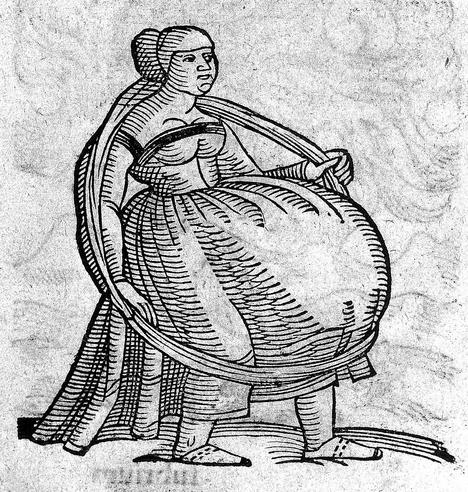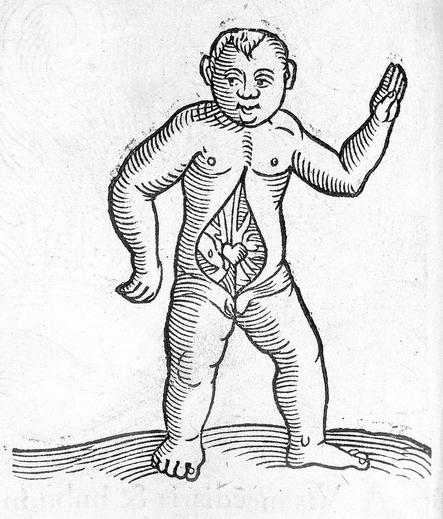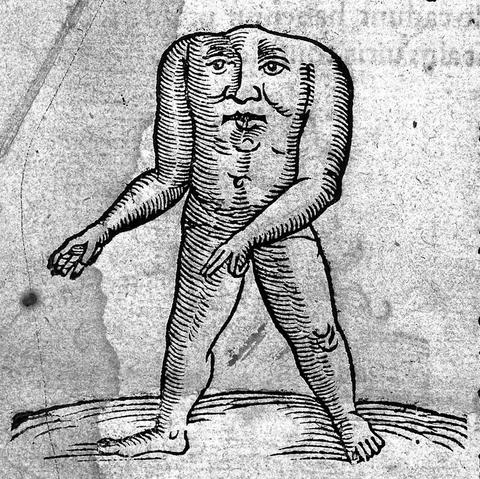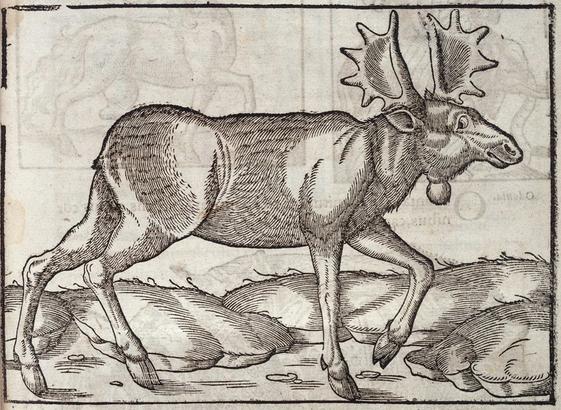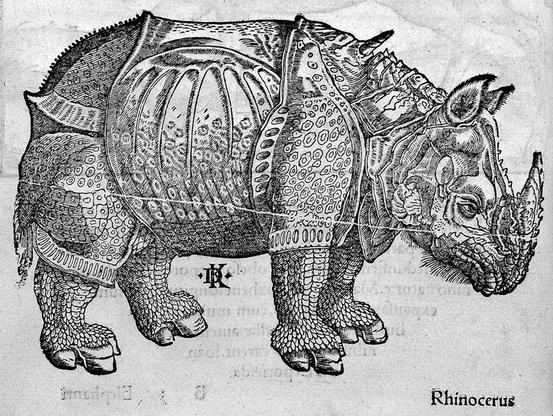1557 illustration of a woman pregnant with 11 foetuses, supporting the weight with a large girdle. According to the accompanying story, this is her second pregnancy; her first was of nine.
From Prodigiorum ac ostentorum chronicon by Conrad Lycosthenes.
